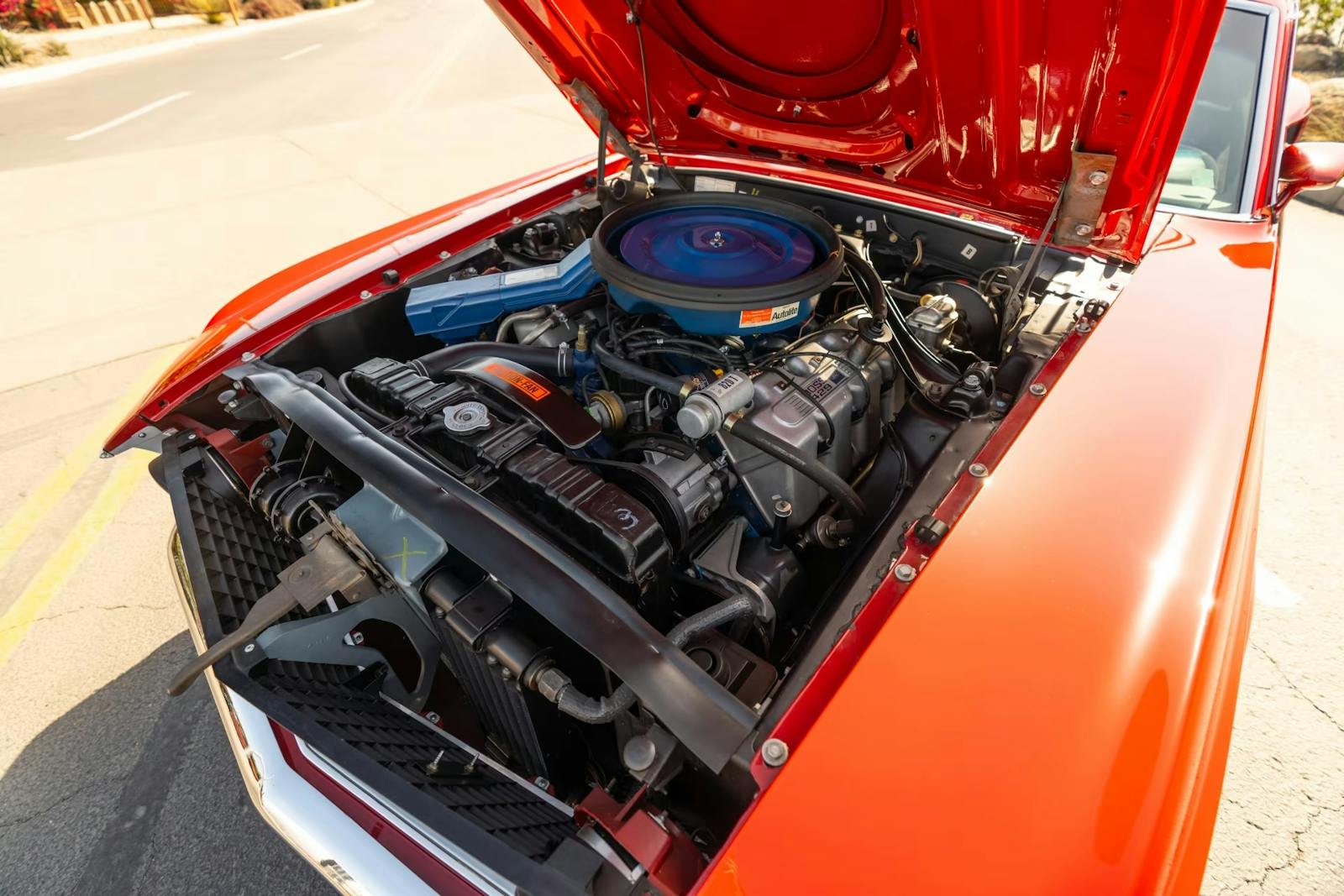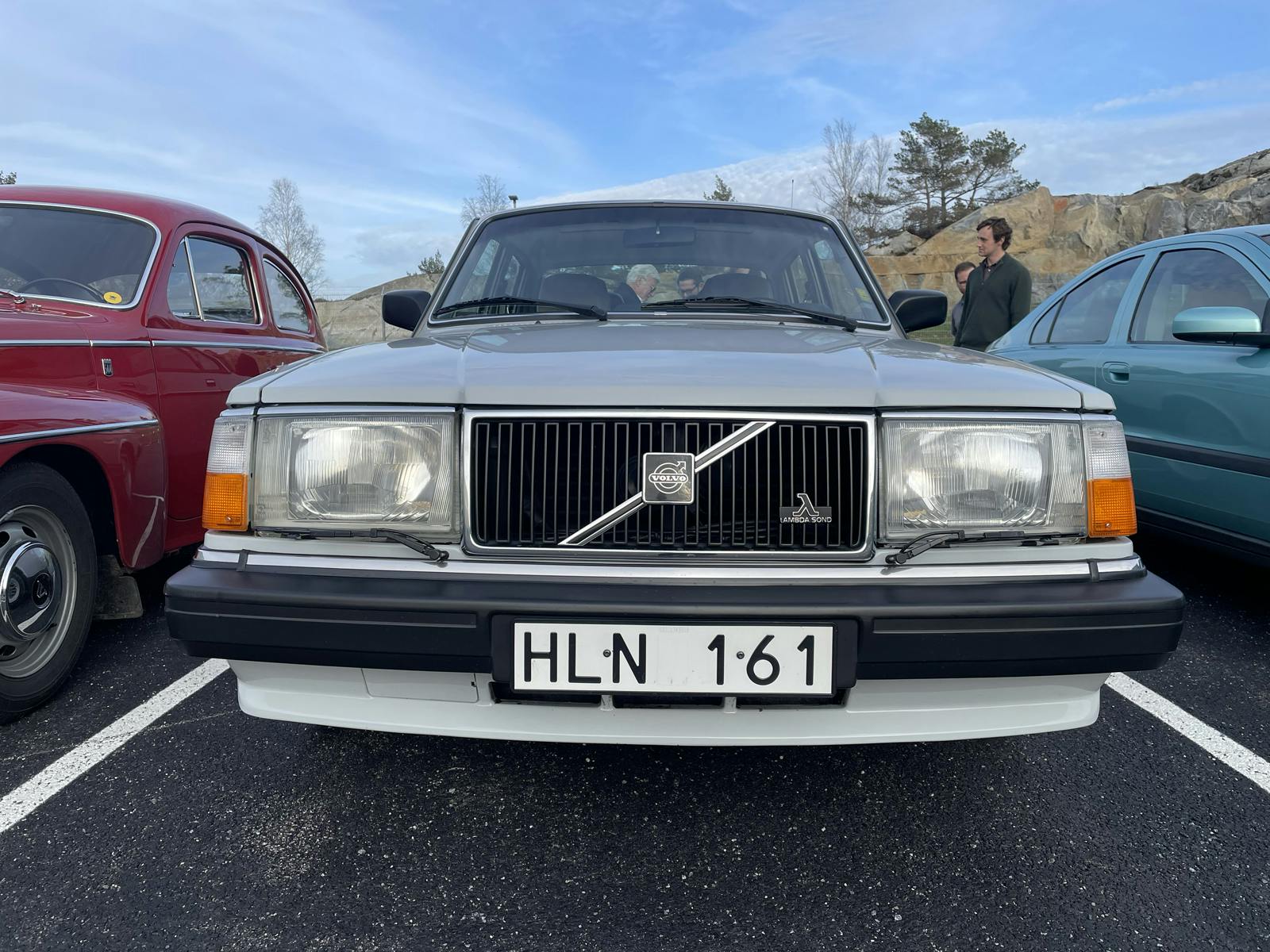How cars went from “any color, as long as it’s black” to a rainbow of hues

You might think that the saying, “any color, as long as it’s black,” which is attributed to Henry Ford, is apocryphal, but he might have actually said something like it in his 1922 autobiography, In My Life and Work.
Therefore in 1909 I announced one morning, without any previous warning, that in the future we were going to build only one model, that that model was going to be Model “T,” that the chassis would be exactly the same for all cars, and I remarked: “Any customer can have a car painted any color that he wants so long as it is black”
I say “might have” because Henry was quite possibly dyslexic—Ford prefered wooden models to blueprints and, when giving testimony in his libel lawsuit against the Chicago Tribune, he was shown to have difficulty reading—meaning his co-author, Samuel Crowder, probably wrote most of Ford’s “autobiography.”
Black wasn’t an aesthetic choice of Ford’s, it was a practical solution to a bottleneck that plagued the early auto industry: painting the cars, a process described as time-consuming and laborious. Most paints were applied with brushes. First went on multiple coats of primer, with drying time and then sanding with fine grit to remove the brush marks in between each coat. The process was repeated with color coats, which were then sealed with a clear varnish. Some colors took eight weeks to paint, requiring automakers to set aside warehouse space to store the drying bodies, trying to keep dust from embedding into the still uncured paint. Also, those early paints were not very durable.
While plenty of early Model Ts came in other colors than black, Ford did switch to all-black because a finish called “Japan Black” lacquer was one of the few paints for metal that dried quickly. Ford would later switch to a durable baked enamel for its bodies, but that, too, only came in black.
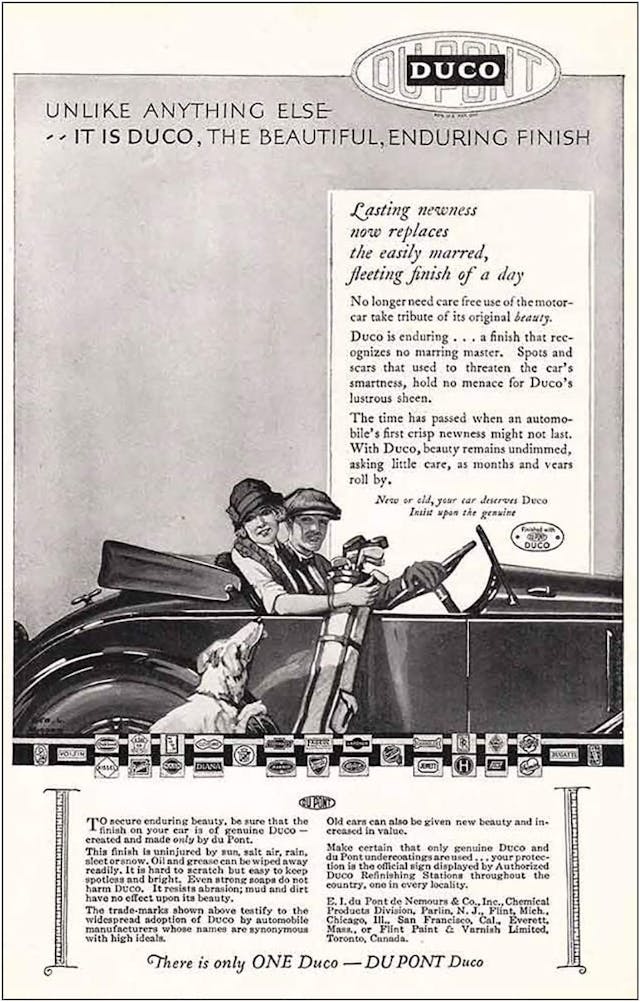
While Ford faced the desireable problem of demand exceeding supply, the E.I. DuPont de Nemors company, better known simply as DuPont, faced the opposite problem.
DuPont, which has since merged with Dow and spun off businesses like automotive coatings maker Axalta (whose brand name sounds like it’s a pharma company), was known for much of the 20th century as a chemical giant and the company that created Nylon and Teflon. However, DuPont started out making gunpowder (black powder) in 1797 on the banks of the Brandywine River in Delaware. For most of its first century, the DuPont company was primarily a maker of powder and explosives. DuPont even owned Remington Arms for a long time. There is correspondance between President Thomas Jefferson and Eleuthère Irénée du Pont de Nemours himself in the Library of Congress and the National Archives. By the time of the War of 1812, DuPont was the U.S. government’s biggest supplier.
After nitrocellulose-based smokeless powder was invented in 1884 by French chemist Paul Vieille, DuPont greatly expanded its nitrocellulose capacity during the first World War and thus in peacetime it found itself with more nitrocellulose than it could turn into explosives and sell.
Cellulose, a hydrocarbon found in the cells of every plant on earth, is the most abundant organic polymer on the planet. In 1862, Alexander Parkes reacted cellulose with nitric acid and a solvent to create nitrocellulose, the first synthetic plastic. Nitrocellulose, by the way, is very flammable, as the process for making it is quite similar to the way dynamite (trinitrotoluene, TNT) is made.
In 1911, a young chemist named Edmund Flaherty hired into DuPont straight out of Worcestor Polytechnic. After the war he was tasked with finding something to do with all that nitrocellulose. The first thing he came up with was useful to another industry besides automobiles that was quickly expanding after World War I: the motion picture industry. United States patent #1350274 describes a “Process of making photographic films.” Nitrocellulose-based film was used in photography and motion pictures into the 1950s, when it was replaced with more stable, less flamamble plastic.
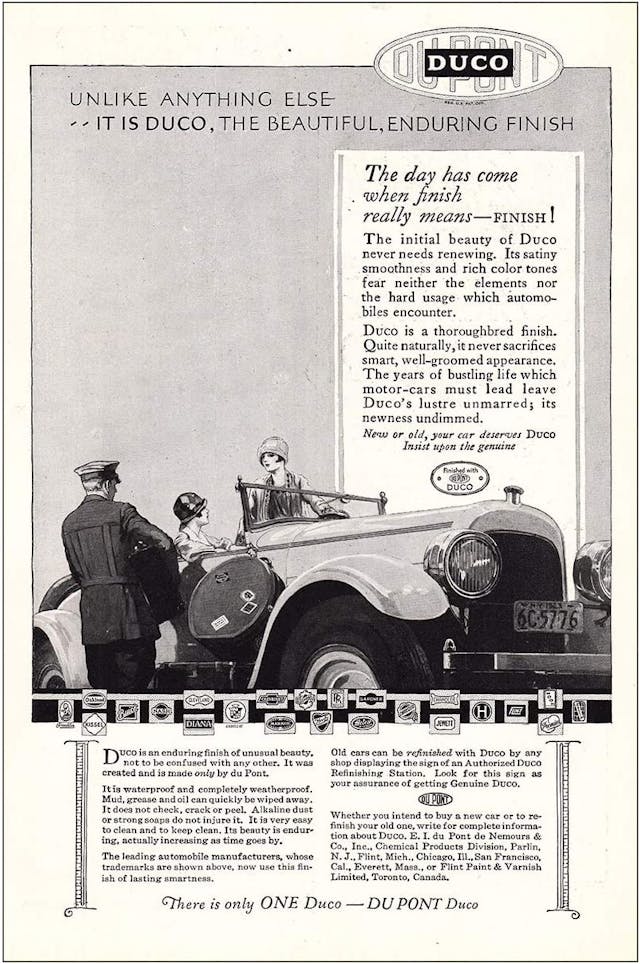
Later, in 1921 Flaherty discovered that if he dissolved nitrocellulose in a solvent such as acetone, toluene, xylene, naptha, or ketones, it created a sprayable film. Adding plasticizers gave it durability. When applied with a spray gun, the paint flows to an even surface and the solvents flash off quickly. The solvent in each additional coat melts the surface of the coat below, creating a durable bond between coats. The result is a quick-drying, tough, scratch-resistant coating that not only is compatible with a broad variety of dyes and pigments in a rainbow of colors, but it can also be fine sanded and polished to a glossy, mirror finish, with depth and lustre. It’s also easy to repair as, again, the new coats blend in with the original finish. In its day, Duco was considered a bit of a miracle finish. It didn’t deteriorate in sunlight, it was resistant to moisture, dirt, salt water, bacteria, and molds, and it could tolerate detergents and soap used to clean it.
Flaherty was granted patent #1629999 Low-viscosity lacquer and film produced therefrom, in 1927. His two inventions solved DuPont’s problem with overcapacity for nitrocellulose.
DuPont first marketed the new paint to pencil manufacturers under the Viscolac brand in 1921. Working with Charles Kettering and other GM engineers, DuPont perfected it for automotive use and renamed it Duco, eventually extending that brand to household paints, plastic cement, and car polish.

Henry Ford didn’t think much about styling. Alfred P. Sloan, who became General Motors’ president in 1923, on the other hand, thought “eye appeal” was a persuasive selling point. Making colorful cars was one way to increase their eye appeal. For the New York Automobile Show in late 1923, GM’s Oakland brand painted all seven of the touring cars it had on display with two shades of Duco blue paint, with red and orange striping, and called the paint treatment “True Blue.” The cars were a smash hit at the show, and soon customers were demanding the new finish on their cars. Sloan suggested using it across the board, and by the 1926 model year, all of GM’s divisions had dropped enamels and varnish and switched to Duco. Sloan’s decision may have been influenced by DuPont starting to make Duco available to all automakers in 1925.
In fact, Sloan had a close working relationship with Pierre DuPont, the DuPont family having first backed Billy Durant’s takeover of GM using Chevrolet, and then discharging Durant and bringing in Sloan. For much of the 20th century the DuPont company exercised a great deal of control over GM through stock holdings—so much so that after a 10-year-long antitrust case in the 1950s, DuPont was forced to divest its equity in GM. Even then, DuPont continued to sell billions of dollars worth of paint and polymers to General Motors over the years.
If Flaherty made Duco practical and durable, it was another DuPont employee who gave it color. That was DuPont’s chief colorist, H. Ledyard Towle. He was considered so valuable that in 1926, Irénée du Pont, then vice chairman of the family company, interceded with Henry Bassett, general manager of Buick, to keep GM from hiring Towle away from DuPont. DuPont wanted not only to keep trade secrets that Towle created, it wanted to be able to sell paint to other car companies and thought Towle was too valuable an asset for that to let him go. By then DuPont was selling Duco to five GM divisions and 14 other car companies, more than 1,000,000 gallons per year at $5 each.
DuPont had competition, and to stay ahead of the competition DuPont started exploring the psychology of color and ways to anticipate changes in taste. In October 1925 the company hired Towle, putting him in charge of the new Duco Color Advisory Service. Towle, a Brooklyn native, had studied at the Art Students League and the prestigious Pratt Institute. He designed and taught camouflage for the U.S. Army during World War I. It was his experience during the war that convinced him to use his artistic talents for more practical goals.
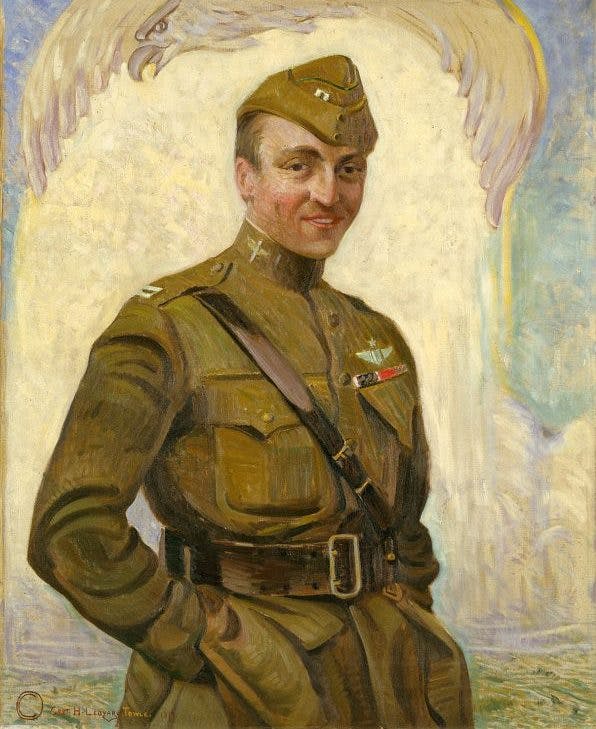
“I went into the war thinking that art belonged to the chosen few. I came out knowing that beauty belonged to every urchin in the street. Working on war-time camouflage problems taught me how to use color with a purpose. I saw the futility of painting portraits to collect dust in museums, and turned to camouflaging industry and its products of everyday life.”
After the war he worked as art director for a series of major advertising agencies, McCann, Seaman, and Detroit-based Campbell-Ewald. At Seaman he was in charge of the DuPont account and also copy executive for Cadillac, Oldsmobile, La Salle, and Pontiac. Part of the agencies’ job was to advise clients on how to use color on products and in advertising.

Towle was a natural choice to lead the Advisory Service. In that capacity he traveled to Europe every year to catch the British Motor Show in London and Paris’ Salon de l’Auto as well as visits to couteriers’ ateliers and runway shows to keep up with fashions, both automotive and couture. Towle considered himself to be “the only color engineer calling on the automobile trade,” and perhaps more than any one other single person made color a science in the auto industry.

Towle got the Duco Color Advisory Service established so well that almost 100 years later, Axalta, DuPont Automotive Coatings’ corporate successor, still provides that service to automakers. He stayed at DuPont until 1928, when he finally gave in to GM’s entreaties, working as GM’s first color engineer. Towle is generally considered to have cofounded GM’s Art and Colour Section, providing the color to Harley Earl’s art.
Duco nitrocellulose laquer was eventually phased out in the auto industry as it was replaced first by alkyd-based enamels, then acrylic enamels, which have in turn been replaced with modern waterborne polyurethane based paints applied in two stages, first the color coat, and then a high-gloss clear coat. Automotive coatings today are far more durable than Edmund Flaherty could have hoped and in a broader pallette of colors than anything that H. Ledyard Towle could have imagined, but those colorful and durable coatings that we have today are in great part due to the creativity of those two men almost a century ago.
Disclaimer: The author worked at DuPont Automotive Coatings for two decades.
